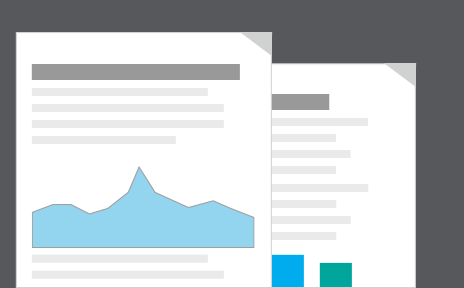Ffocws

Economic well-being, UK: April to June 2018
Beth sydd yn y bwletin?
- Of the four main measures of economic well-being, gross domestic product per head, real household disposable income per head and real household spending per head rose in Quarter 2 (April to June) 2018 by 0.2%, 0.3% and 0.2% respectively, while real net national disposable income per head decreased by 0.2%.
- The quarterly decrease in net national disposable income per head was due to larger payments of investment income out of the country, increasing by £2.9 billion in Quarter 2 2018.
- Real household disposable income per head dropped by 0.1% compared with the same quarter a year ago, driven mainly by an increase in taxes, equating to a £37.20 increase in taxes per person.
Datasets related to Lles
-
UK Measures of National Well-being
The UK’s progress across 10 topic areas of national well-being. Breakdowns by UK country and region, age and sex, including quality information where available.
-
Annual personal well-being estimates
Annual estimates of life satisfaction, feeling that the things done in life are worthwhile, happiness and anxiety in the UK, by national, country, regional, county, local and unitary authority level and personal characteristics including analysis on the characteristics that are most likely to impact personal well-being.
-
Quarterly personal well-being estimates – non-seasonally adjusted
Non-seasonally adjusted quarterly estimates of life satisfaction, feeling that the things done in life are worthwhile, happiness and anxiety in the UK.
-
Quality information for annual personal well-being estimates
Confidence intervals and sample sizes for annual estimates of personal well-being in the UK, by national, country, regional, county, local and unitary authority level and personal characteristics including analysis on the characteristics that are most likely to impact personal well-being.
-
Estimates of quarterly greenhouse gas emissions
Estimates of greenhouse gas emissions using the Chow-Lin regression-based temporal disaggregation method, quarterly data. These are official statistics in development.
-
Household satellite account, UK
Biennial data on the output, intermediate consumption and gross value added of home produced services.
Publications related to Lles
Statistical bulletins
-
Economic well-being, UK: April to June 2018
Presents a rounded and comprehensive basis for assessing changes in economic well-being through indicators that adjust or supplement more traditional measures such as gross domestic product (GDP).
-
Personal well-being in the UK: April 2022 to March 2023
Estimates of life satisfaction, worthwhile, happiness, and anxiety, by select geographies including local authority level and individual characteristics and circumstances.
-
UK Environmental Accounts: 2024
Measuring the contribution of the environment to the economy, impact of economic activity on the environment, and response to environmental issues.
Articles
-
Overview of human capital estimates in the UK
National estimates of human capital stock in the UK for years between 2004 and 2020. Includes full and employed human capital estimates for each year.
-
Measuring national well-being in the UK
This article explores how the UK is faring in important areas of well-being compared with the member states of the European Union (EU) and the member countries of the Organisation for Economic Co-operation and Development (OECD).
-
Sustainable Development Indicators
The Sustainable Development Indicators (SDIs) provide an overview of progress towards a sustainable economy, society and environment. There are 12 headline and 23 supplementary indicators, supported by 25 and 41 measures respectively. Where there are sufficient data to be compared, measures have been assessed over the long-term and short-term to show if there has been clear improvement, deterioration or if there has been little or no overall change.
Methodology related to Lles
Darganfyddwch, cymharwch, a dewch yn fyw ystadegau am leoedd yn y Deyrnas Unedig.
